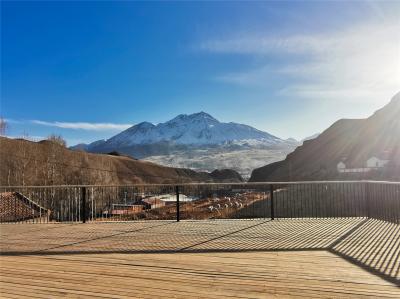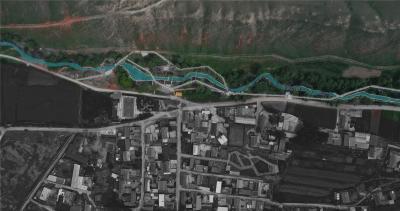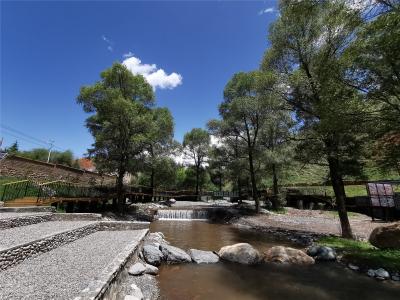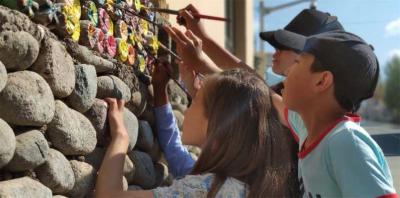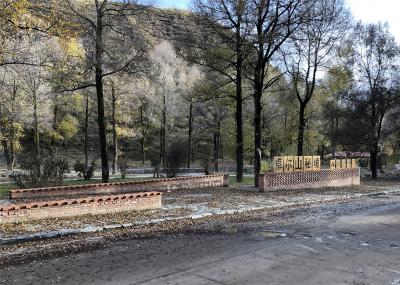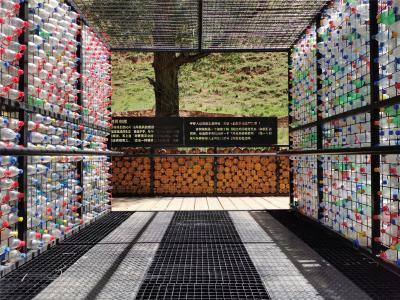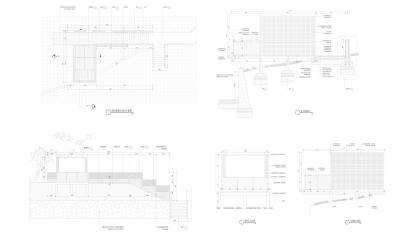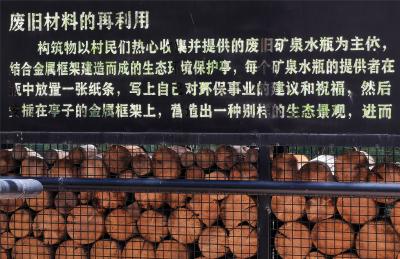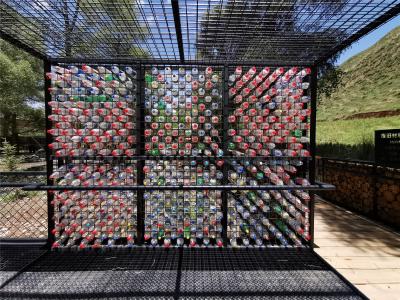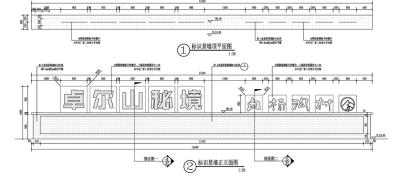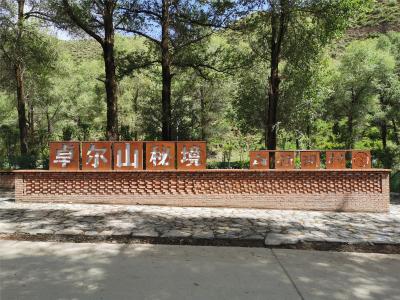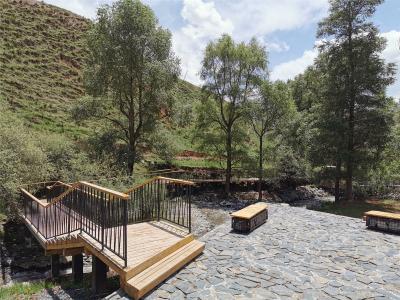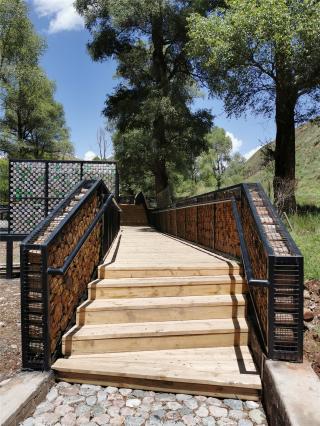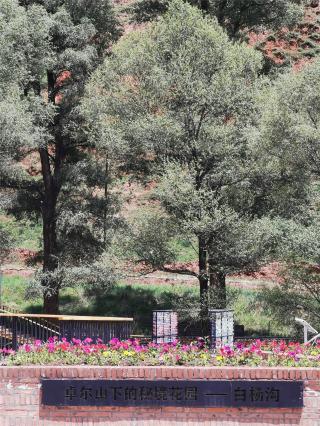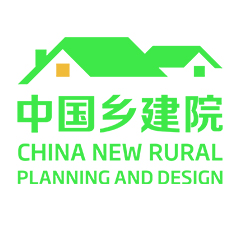設(shè)計(jì)緣起
The origin of design
青海省祁連縣白楊溝村位于青海湖北線景區(qū)卓爾山腳下�,沿卓爾山谷地分布著成片的龍鱗大白楊����。這里夏季光照充足,冬季瑞雪封山��,周邊山上雨雪匯集成溪穿過(guò)村莊。村莊的回族����、漢族、撒拉族村民與這片白楊林共同生活多年���。場(chǎng)地本身最大資源即是分布在溪谷兩側(cè)疏密有致的龍鱗白楊林���,方案希望通過(guò)林間路徑與主題景觀的精心布局突出這片林地高低錯(cuò)落的場(chǎng)地特征,為村莊營(yíng)造一系列舒適自然的公共活動(dòng)空間�����。
Populus alba village, Qilian County, Qinghai Province, is located at the foot of zhuo'er mountain, a scenic spot along the Qinghai Hubei line. There is plenty of light in summer and snow in winter. The surrounding mountains are covered with rain and snow, and the streams pass through the village. The Hui, Han and Salar villagers of the village have lived together with this poplar forest for many years. The largest resource of the site itself is the dense poplar forest distributed on both sides of the valley. The plan hopes to highlight the site characteristics of the scattered forest land through the careful layout of the forest path and theme landscape, and create a series of comfortable and natural public activity spaces for the village.
▼平面布局圖
Site plan
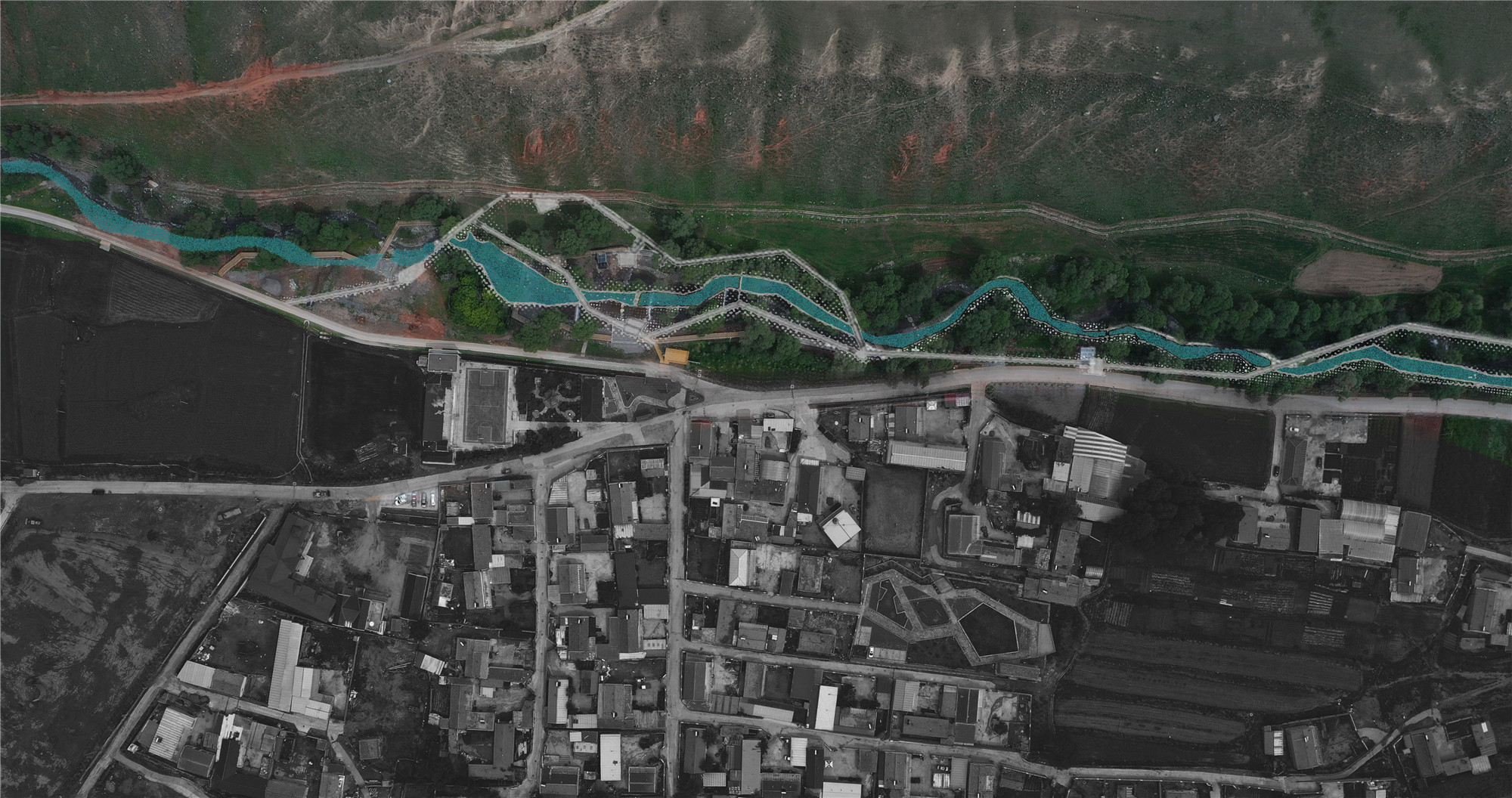
場(chǎng)景構(gòu)建
Scene construction
在思考白楊溝村公共空間的未來(lái)場(chǎng)景時(shí)���,我們提出了“詩(shī)意自然、鄰里舒適”兩個(gè)層面的場(chǎng)景構(gòu)建�。場(chǎng)景設(shè)計(jì)靈感源于傳統(tǒng)造園因借之法,以近乎消隱的棧道�,從村口到白楊林再到青稞田旁打造了一系列展示龍鱗白楊的行望路徑,籍山林以造深景����;時(shí)而橫臥跨水�,時(shí)而蜿蜒入林����,引人入勝于雪山溪流、白楊林間的秘境花園場(chǎng)景中�。
When thinking about the future scene of public space in Populus alba village, we put forward two levels of scene construction: "poetic nature, neighborhood comfort". The inspiration of the scene design comes from the traditional garden making method. With the nearly hidden plank road, a series of walking paths are built from the village entrance to the poplar forest and then to the highland barley field to show the dragon scale poplar, which can be used to create a deep view by the mountain forest; sometimes lying across the water, sometimes winding into the forest, fascinating in the natural poetic scene among the snow mountain, Danxia and poplar forest.
▼村口景觀
Entrance of the village
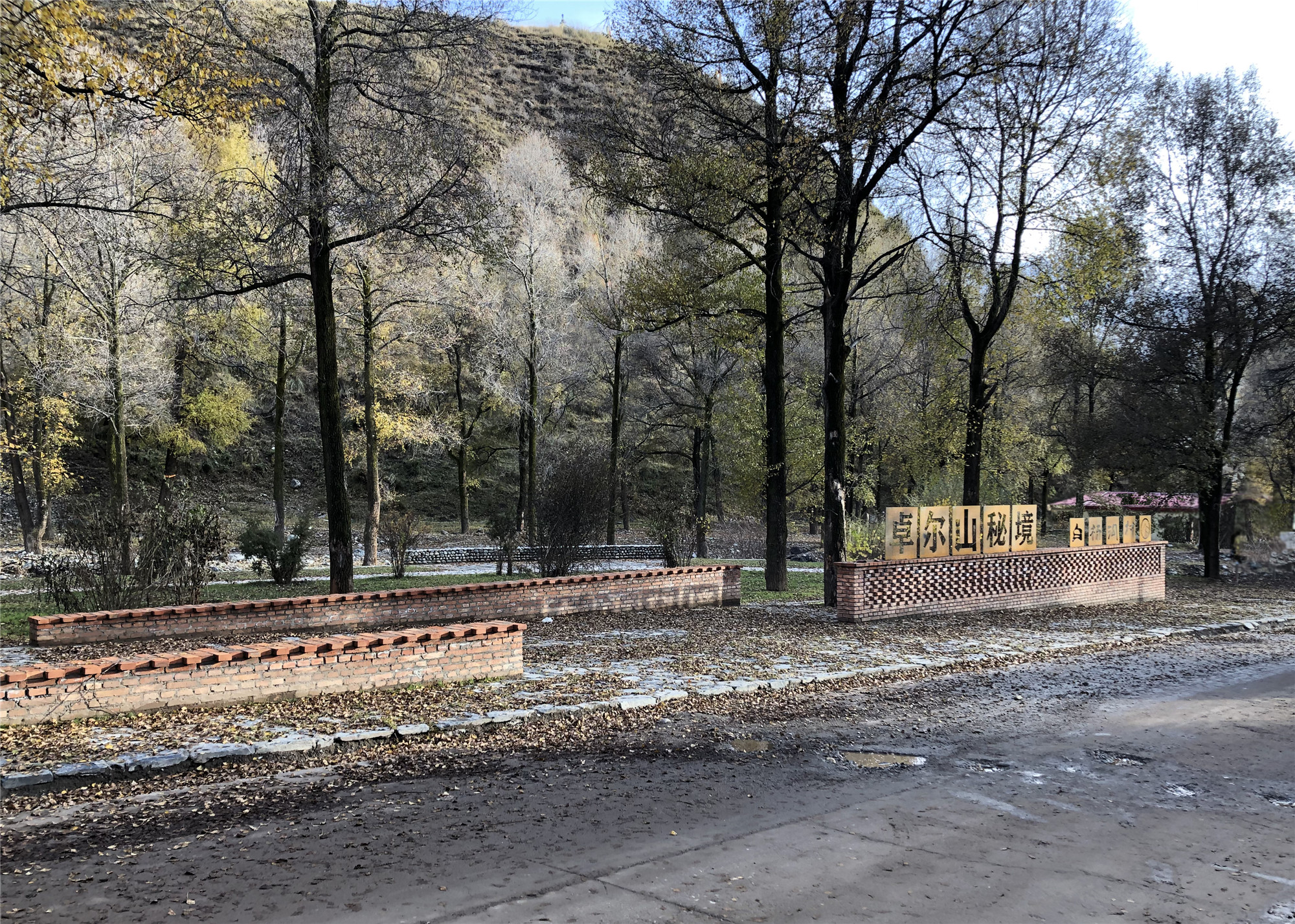
▼林間棧道
Walking path in the poplar forest
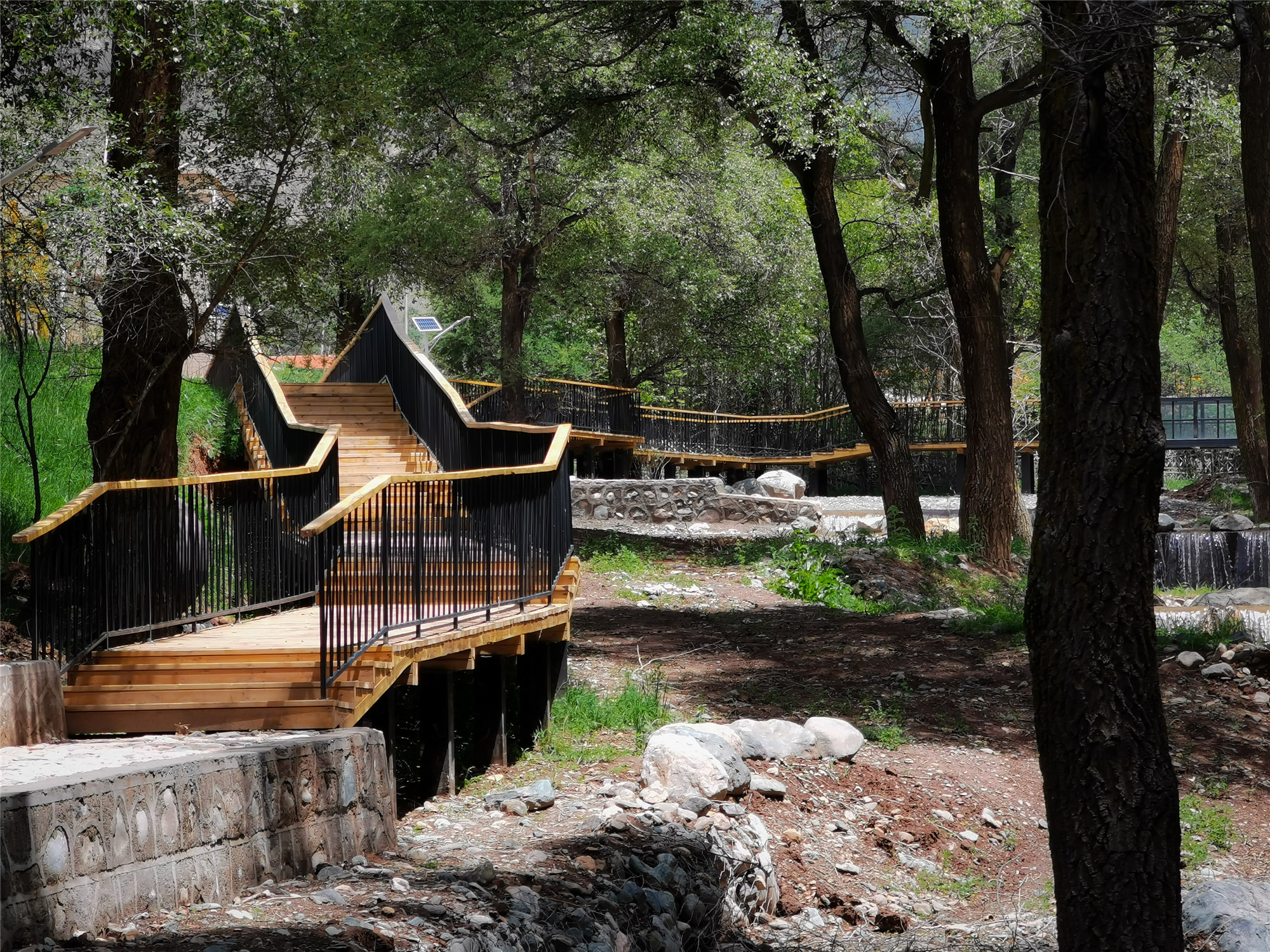
▼秘境花園
The hidden garden
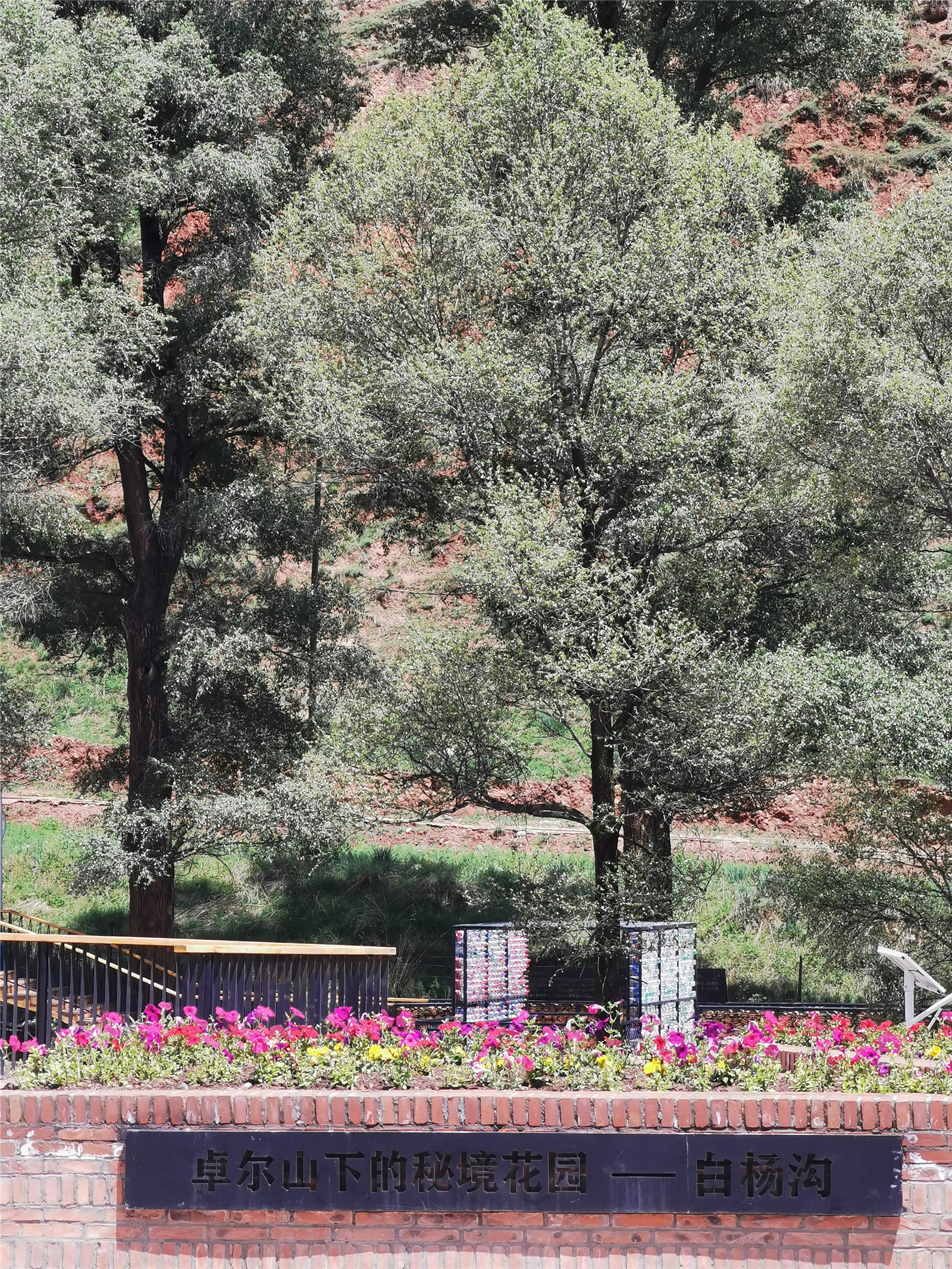
▼遠(yuǎn)眺雪山
View of the snowy mountain
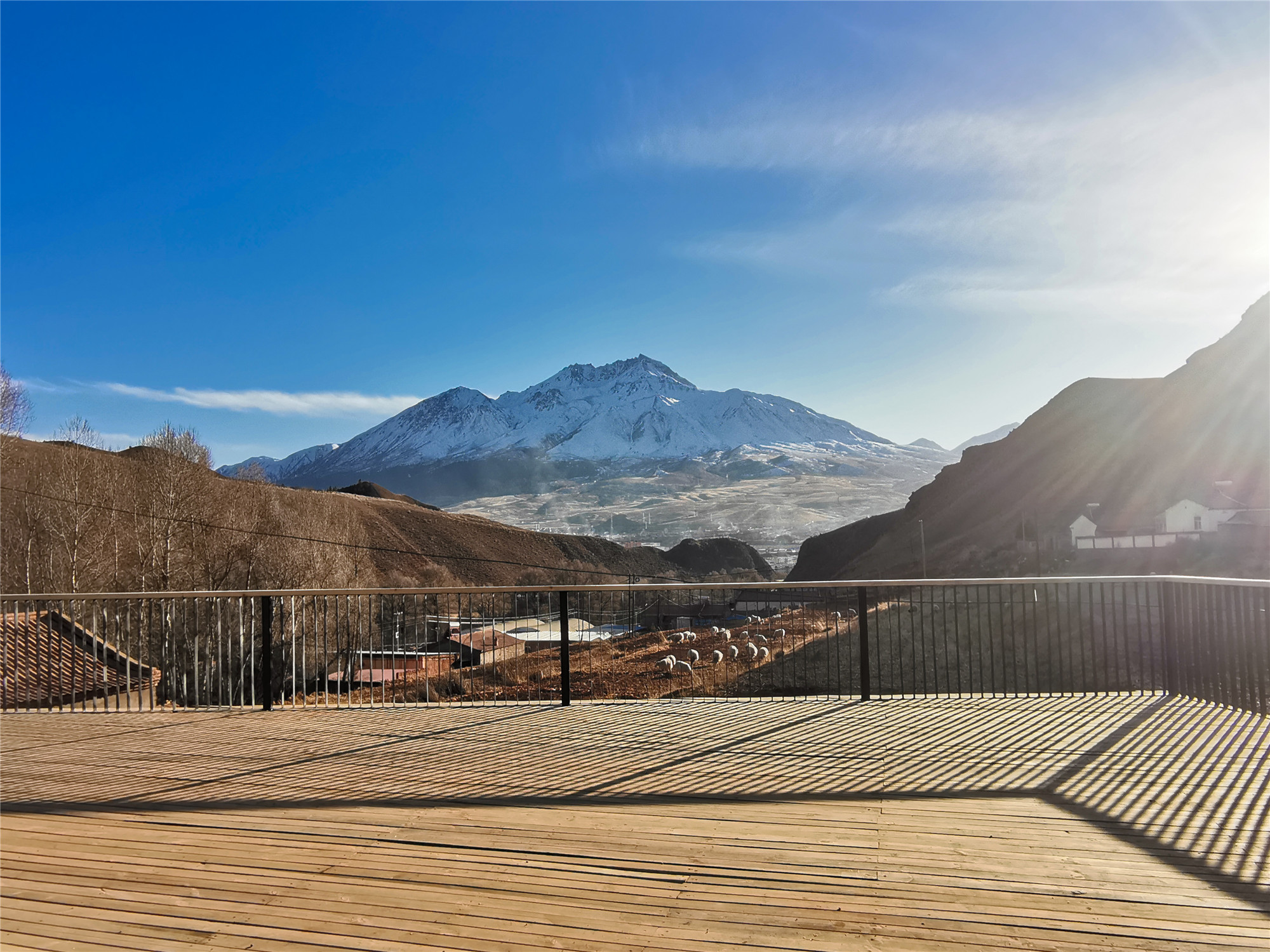
鄰里舒適場(chǎng)景建立在雪山匯集而成的溪流在西北高原彌足珍貴。設(shè)計(jì)希望抓住這片場(chǎng)地在退耕還草后的水環(huán)境再造機(jī)遇����,重新構(gòu)建舒適的親水鄰里公共空間,采取理水以睦鄰的策略�,針對(duì)現(xiàn)有水體進(jìn)行了三段集中整治,形成具有跌落感的開(kāi)合水溪關(guān)系���,以棧道曲折臨水穿于其間����,借局部高差與林中成臺(tái)地通幽之感����,力求狹長(zhǎng)場(chǎng)地中的“小中見(jiàn)大”。林間步行系統(tǒng)也與村民廣場(chǎng)形成了公共生活核心區(qū)的小閉環(huán)交通��,增加了復(fù)合性功能的親水公共活動(dòng)場(chǎng)地�����,改善了周邊村民的可達(dá)性與居住環(huán)境,提升村莊的鄰里空間親水舒適性���。
The neighborhood comfortable scene is built on the stream of snow mountain, which is precious in the northwest of Takahara. The design hopes to seize the opportunity of water environment reconstruction after returning farmland to grassland, reconstruct the comfortable hydrophilic neighborhood public space, adopt the strategy of water management and good neighborhoods, carry out three sections of centralized treatment for the existing water body, form the open and close water stream relationship with a sense of falling, and pass through it with a zigzag stack road facing the water, and strive to narrow and long field by taking advantage of the sense of local height difference and the secluded platform in the forest In the middle of the earth, we can see the big from the small. The inter forest walking system also forms a small closed-loop traffic in the core area of public life with the villagers' Square, adding a hydrophilic public activity site with composite functions, improving the accessibility and living environment of the surrounding villagers, and improving the hydrophilic comfort of the neighborhood space of the village.
▼鄰里親水場(chǎng)地
Hydrophilic public activity site
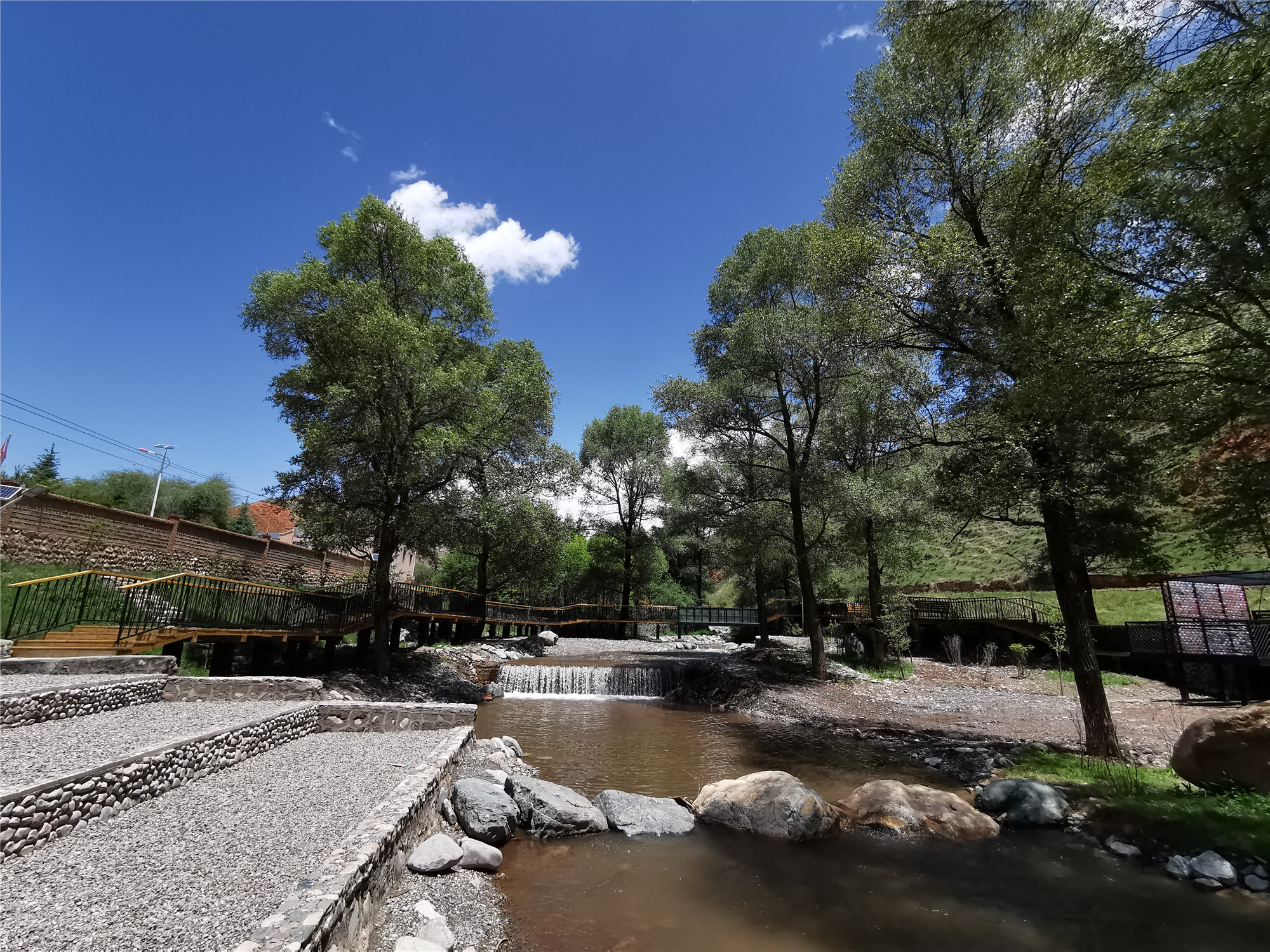
▼親水棧道
Zigzag stack road facing the water
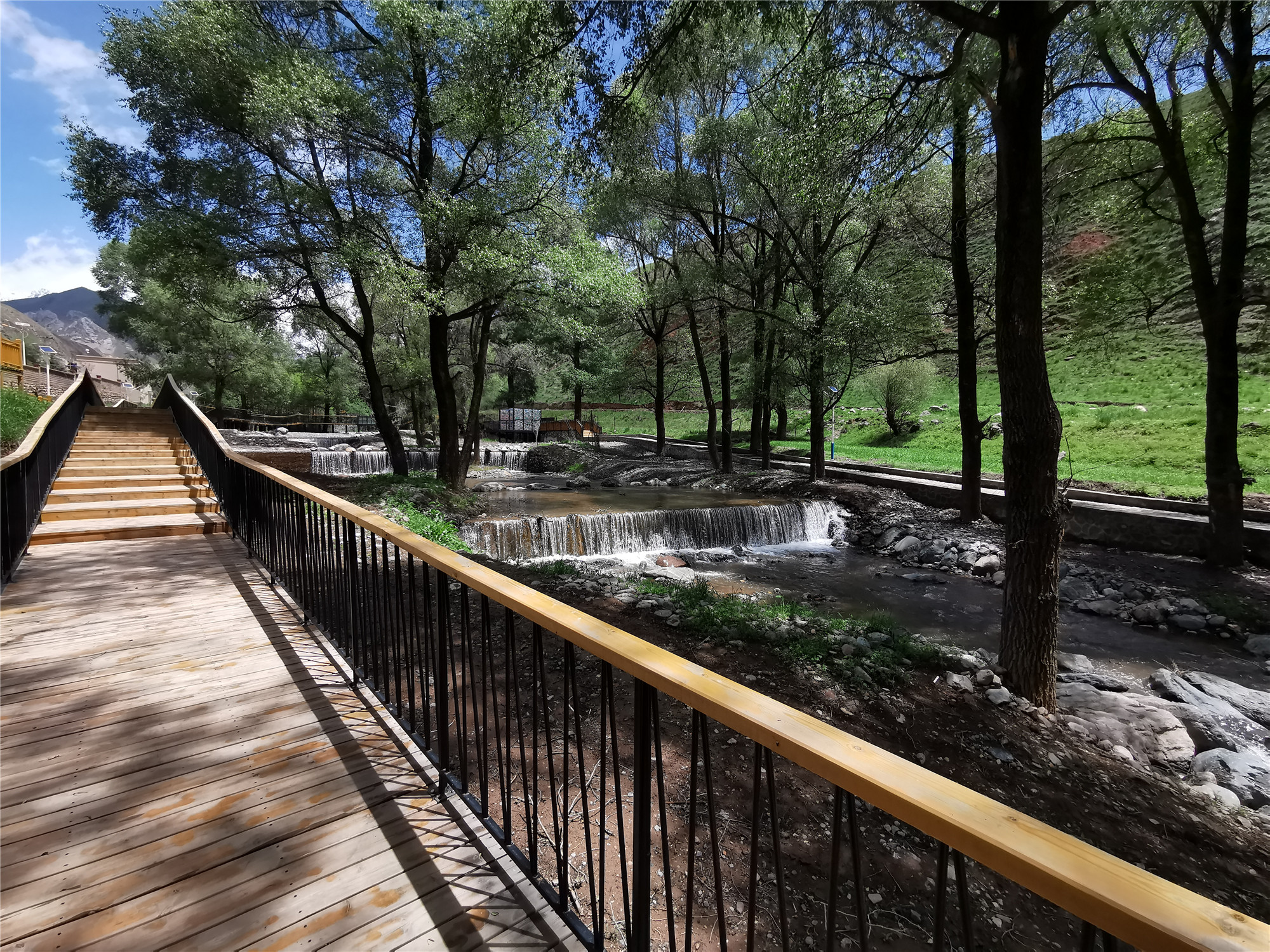
環(huán)保裝置
Environmental protection device
白楊溝村屬于多民族聚居的環(huán)境特色保護(hù)型村莊�。我們?cè)谠O(shè)計(jì)之初通過(guò)走訪調(diào)研發(fā)現(xiàn)留守民參與村莊建設(shè)的意愿強(qiáng)烈�,但不知從何入手,因此設(shè)計(jì)團(tuán)隊(duì)在建設(shè)前期進(jìn)行了一場(chǎng)從廢物利用入手的藝術(shù)裝置營(yíng)造實(shí)驗(yàn)��。景觀建筑師與社區(qū)營(yíng)造團(tuán)隊(duì)攜手以一場(chǎng)“會(huì)說(shuō)話的墻”的活動(dòng)展開(kāi)了關(guān)于村莊環(huán)境治理的互動(dòng)裝置構(gòu)思�,環(huán)保裝置的材料就是游客丟在村莊的飲料瓶,因?yàn)樗芰现破吩诘叵卵诼癯^(guò)一百年也無(wú)法分解��,我們發(fā)動(dòng)村民在搜集來(lái)的飲料瓶上進(jìn)行彩繪��,用這些百年無(wú)法分解的瓶子美化院墻與建造景觀設(shè)施���,以一系列參與式的設(shè)計(jì)藝術(shù)活動(dòng)展示“廢棄物”的另一面�����,重新凝聚關(guān)于美好家園環(huán)境保護(hù)與治理的民族共識(shí),建立村民與自然環(huán)境的集體記憶����,營(yíng)造共享共建的村莊環(huán)境治理小閉環(huán)�����。
Populus alba village is a multi-ethnic village with environmental characteristics. At the beginning of the design, we found that the left behind people had strong willingness to participate in the village construction, but we didn't know where to start, so the design team carried out a field space construction experiment from behavior in the early stage of the construction. The landscape architect and the community construction team worked hand in hand with a "talking wall" activity to launch an interaction on the environmental governance of the village. The interactive media material is the beverage bottles that tourists left in the village. Because the products can't be decomposed even if they have been buried underground for more than 100 years, we mobilized the villagers to paint on the collected beverage bottles, which can't be divided in 100 years Jiedi's bottle beautifying courtyard wall and environmental governance theme landscape node, with a series of participatory design activities to show the other side of "garbage", re agglomerate the national consensus on the environmental protection and governance of a beautiful home, establish the collective memory of villagers and the natural environment, and create a small closed loop of shared and co built village environmental governance.
▼村民共繪“會(huì)說(shuō)話的墻”
“Talking Wall” by the villagers

▼村民參與繪墻活動(dòng)
Villagers drawing on the wall
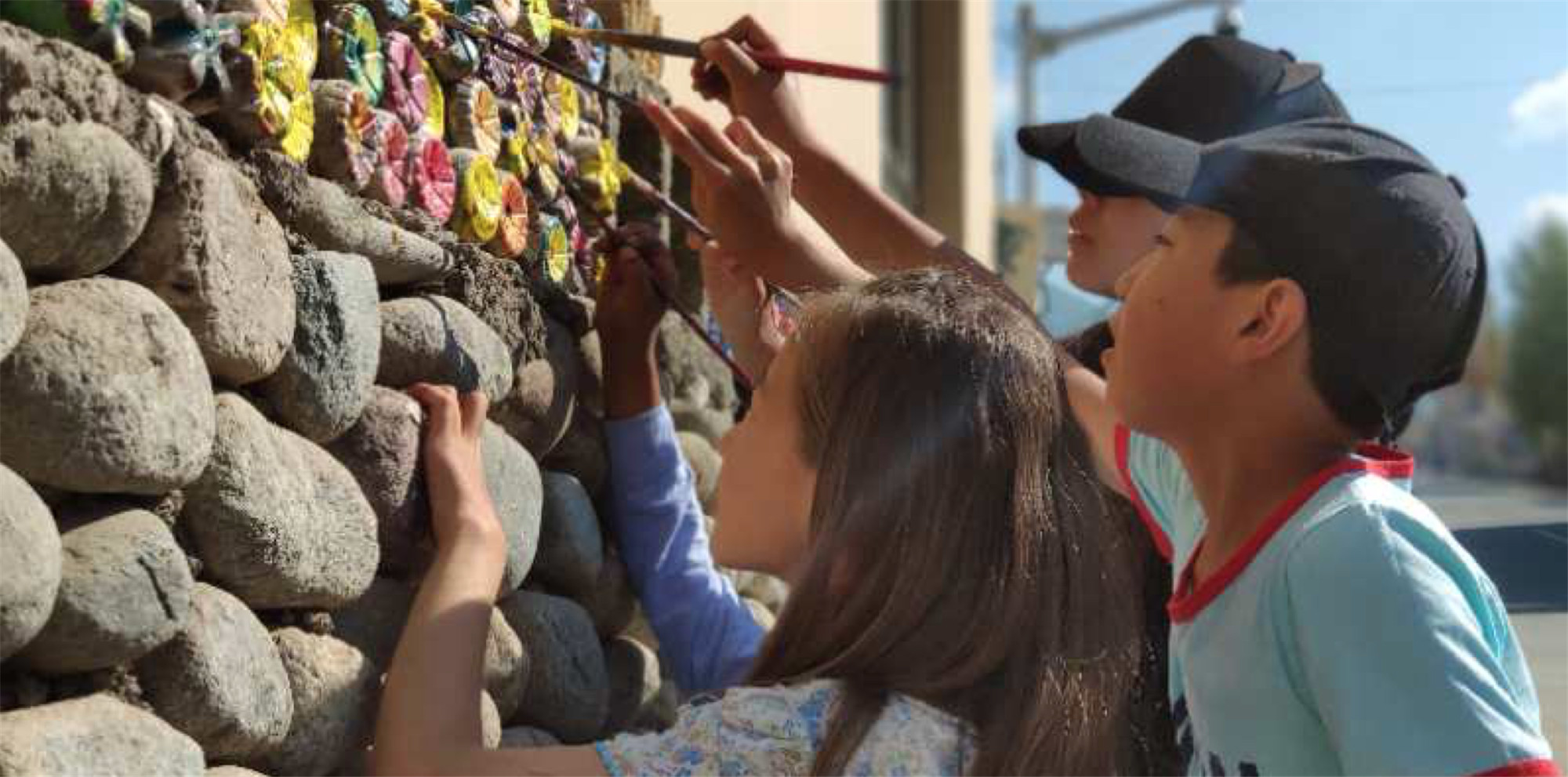
▼環(huán)保裝置
Interactive environmental protection device
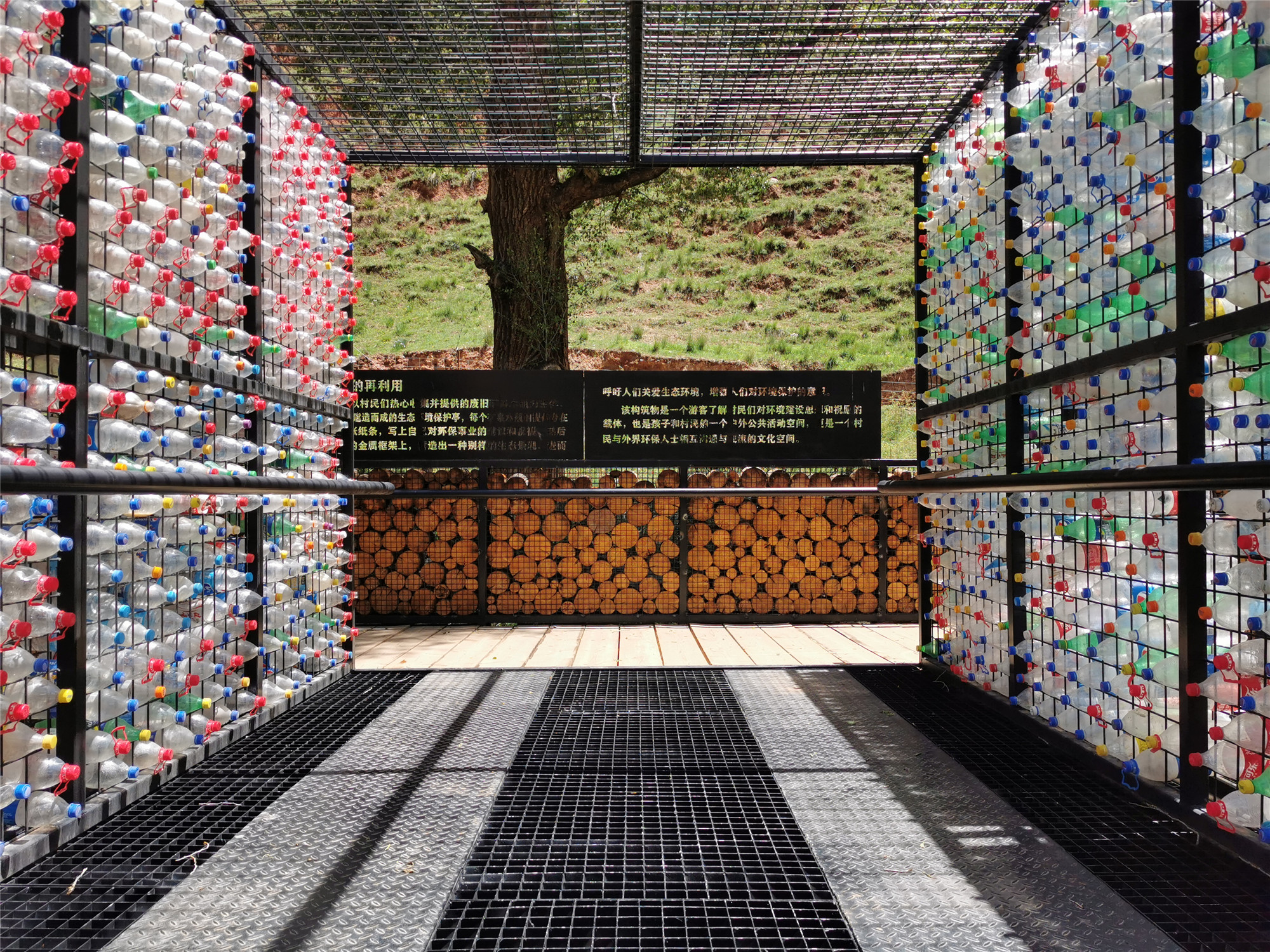

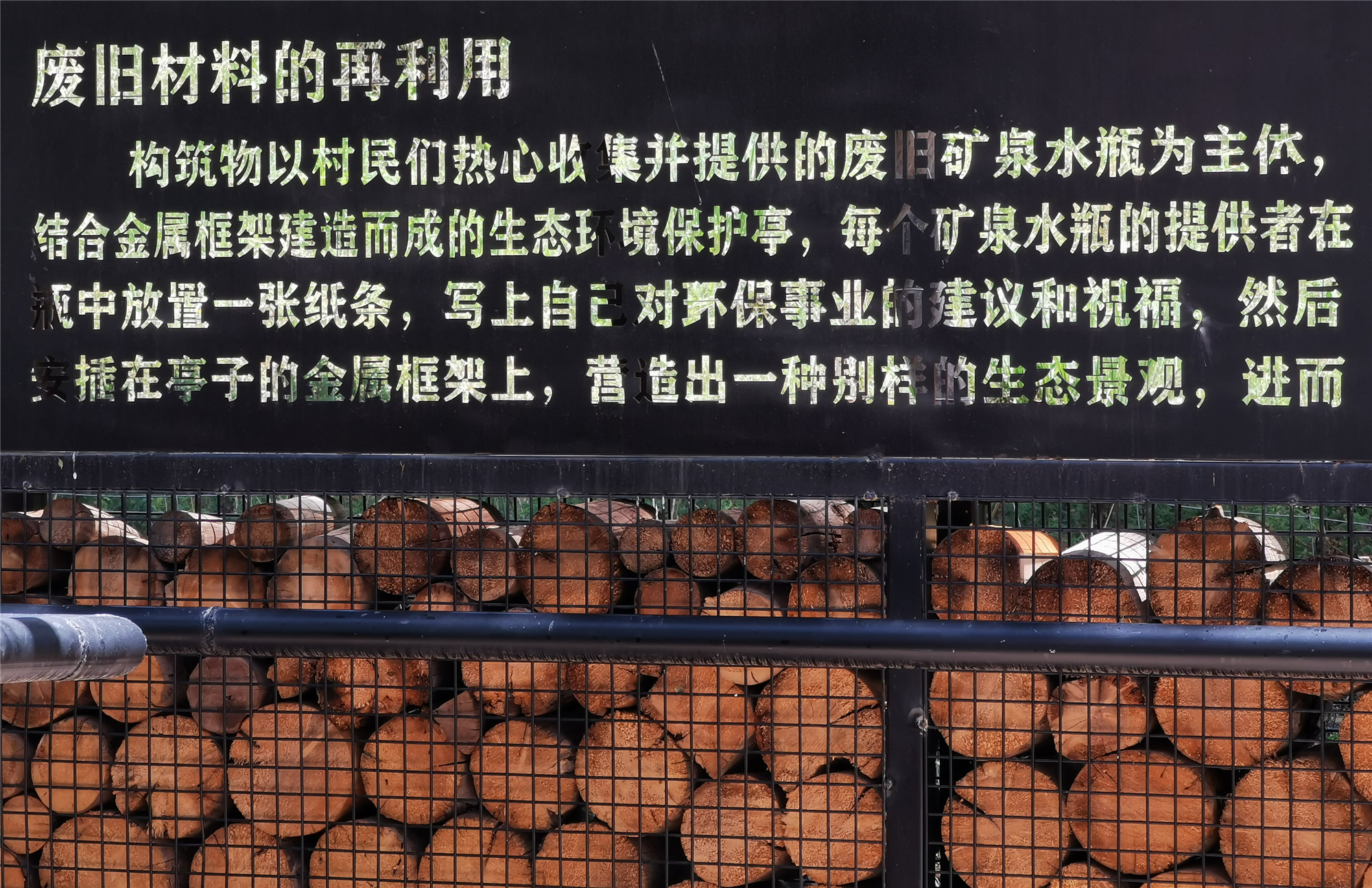
▼環(huán)保裝置圖紙
Drawings of the device

場(chǎng)所與材料
Place and materials
白楊溝村龍鱗大白楊片區(qū)的公共空間在建成后為村民提供從室內(nèi)到戶外公共環(huán)境散步�、小憩����、駐足、游戲����、集會(huì)、交往所需的系列場(chǎng)所���。場(chǎng)所的戶外家具多選用飲品塑料瓶����、拆掉的老舊欄桿等廢棄物加以利用�����,空間界面則以鋼木��、紅磚、山石材料在自然環(huán)境中的運(yùn)用來(lái)強(qiáng)化人工與自然的空間界定���,爭(zhēng)取為村里老人��、婦女�、兒童群體創(chuàng)造更多有趣的活動(dòng)場(chǎng)所��。
After the completion of the public space in the village, a series of places are provided for villagers to walk, rest, stop, play, meet and communicate in the public environment from indoor to outdoor. The outdoor furniture of the place mostly uses the wastes such as drink plastic bottles and old railings. The space interface uses steel wood, red brick and stone materials in the natural environment to strengthen the space definition of artificial and natural, and strive to create more interesting activity places for the elderly, women and children in the village.
▼村民與環(huán)保裝置
Villagers in the public space
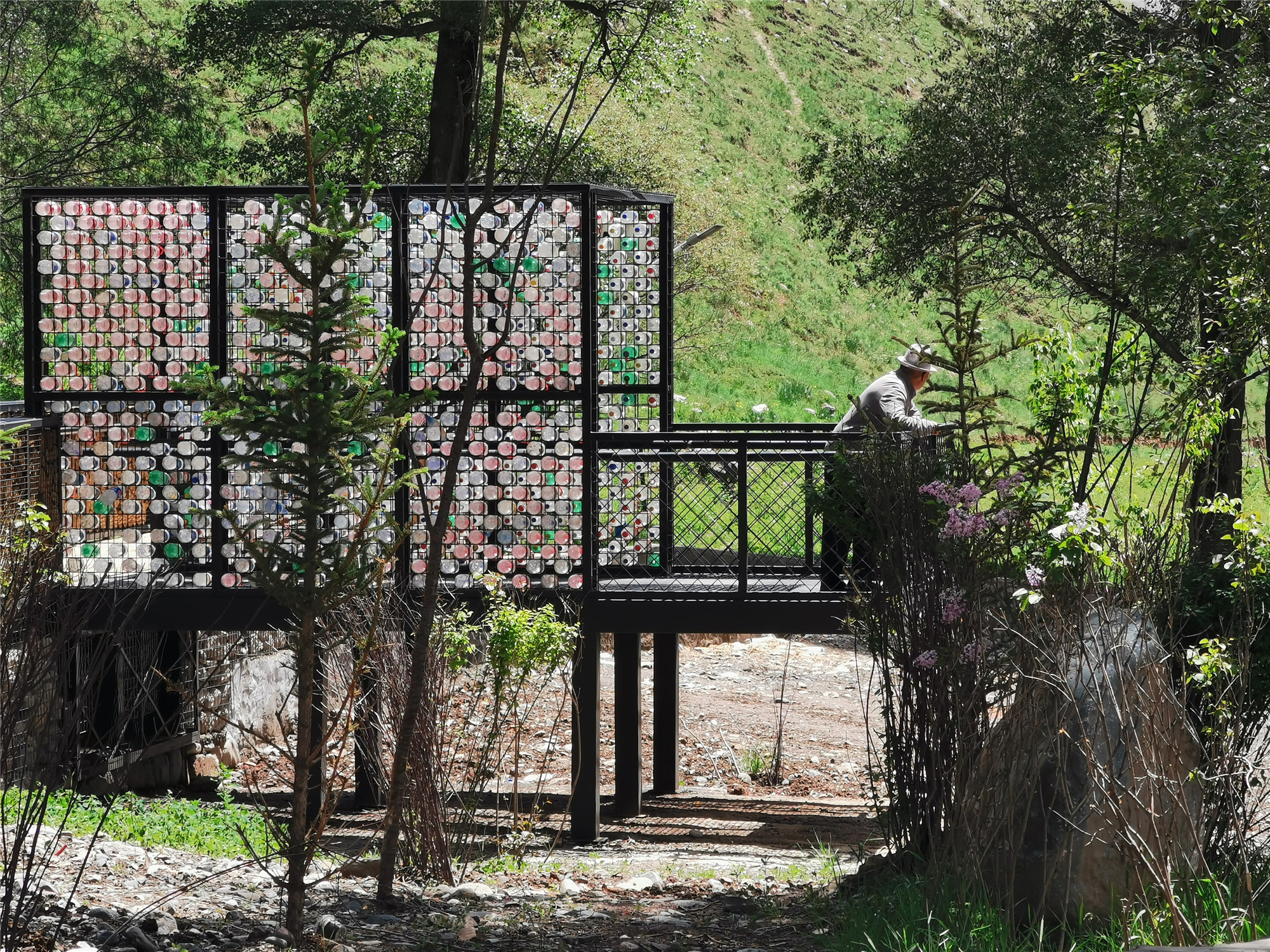
▼鋼木扶手與棧道
Steel wood handrail and walkway
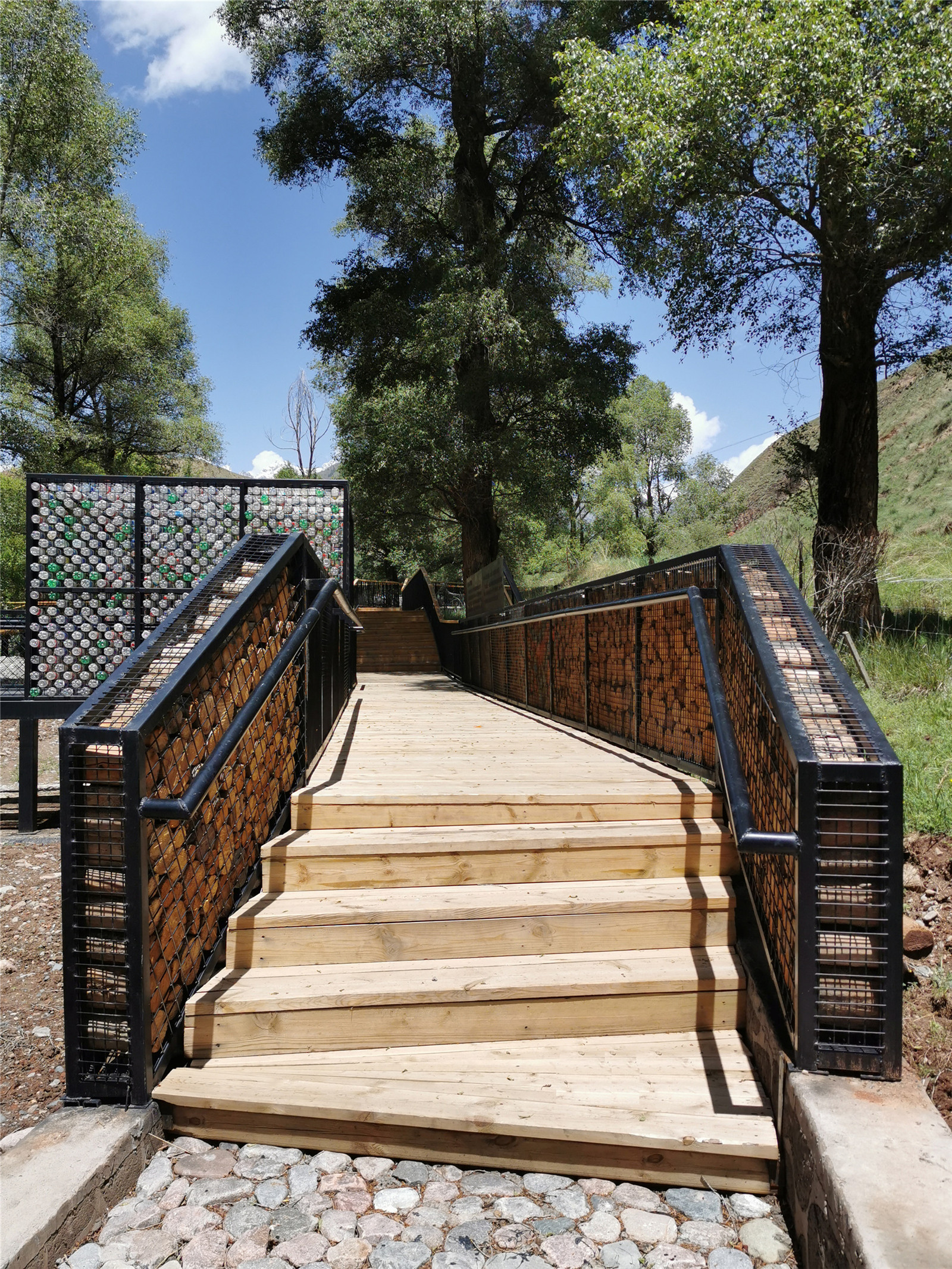
▼棧道小憩的老人
People resting on the walkway
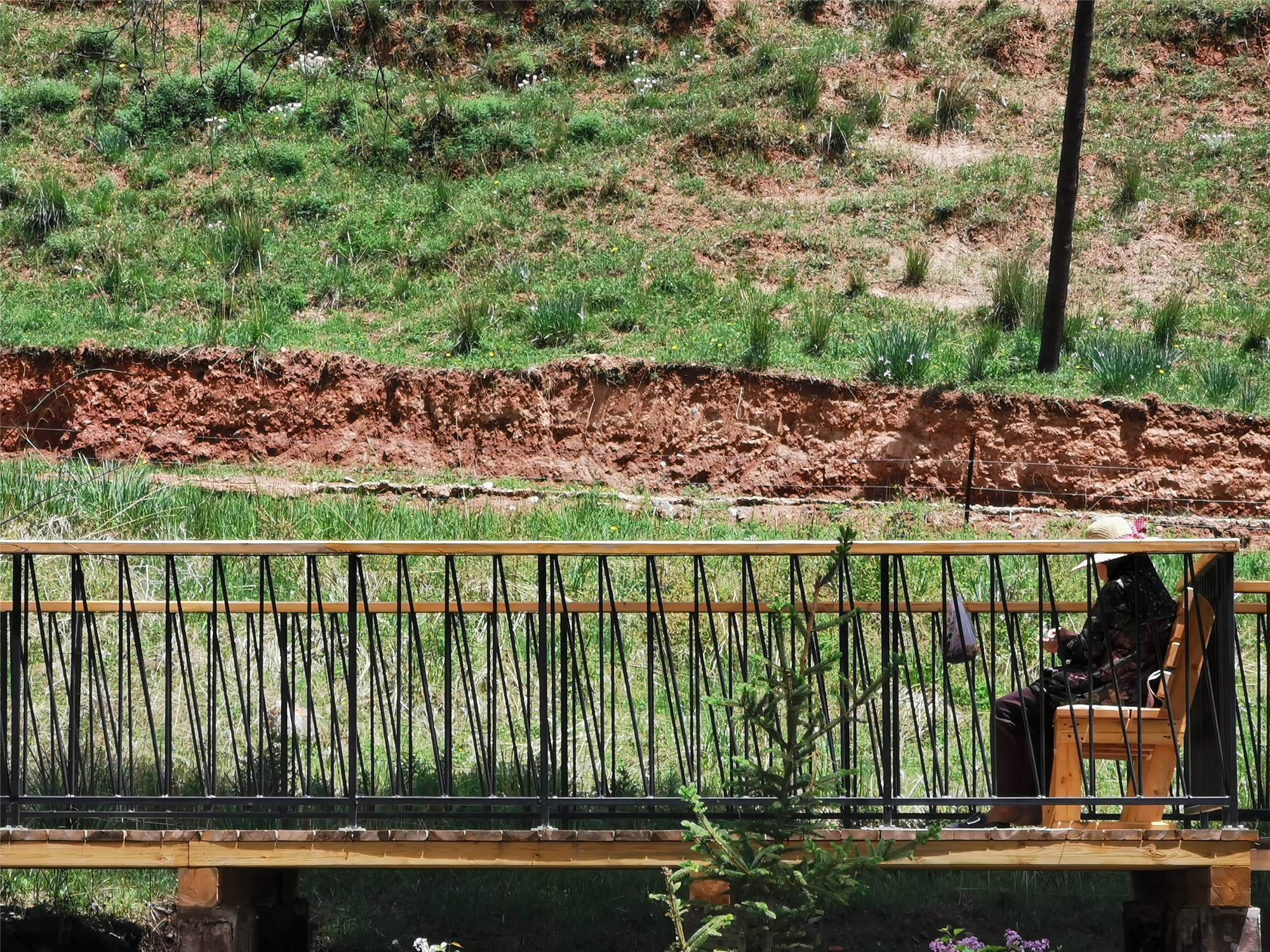
▼鋼木�����、石材界定場(chǎng)所
Materials strengthen the space
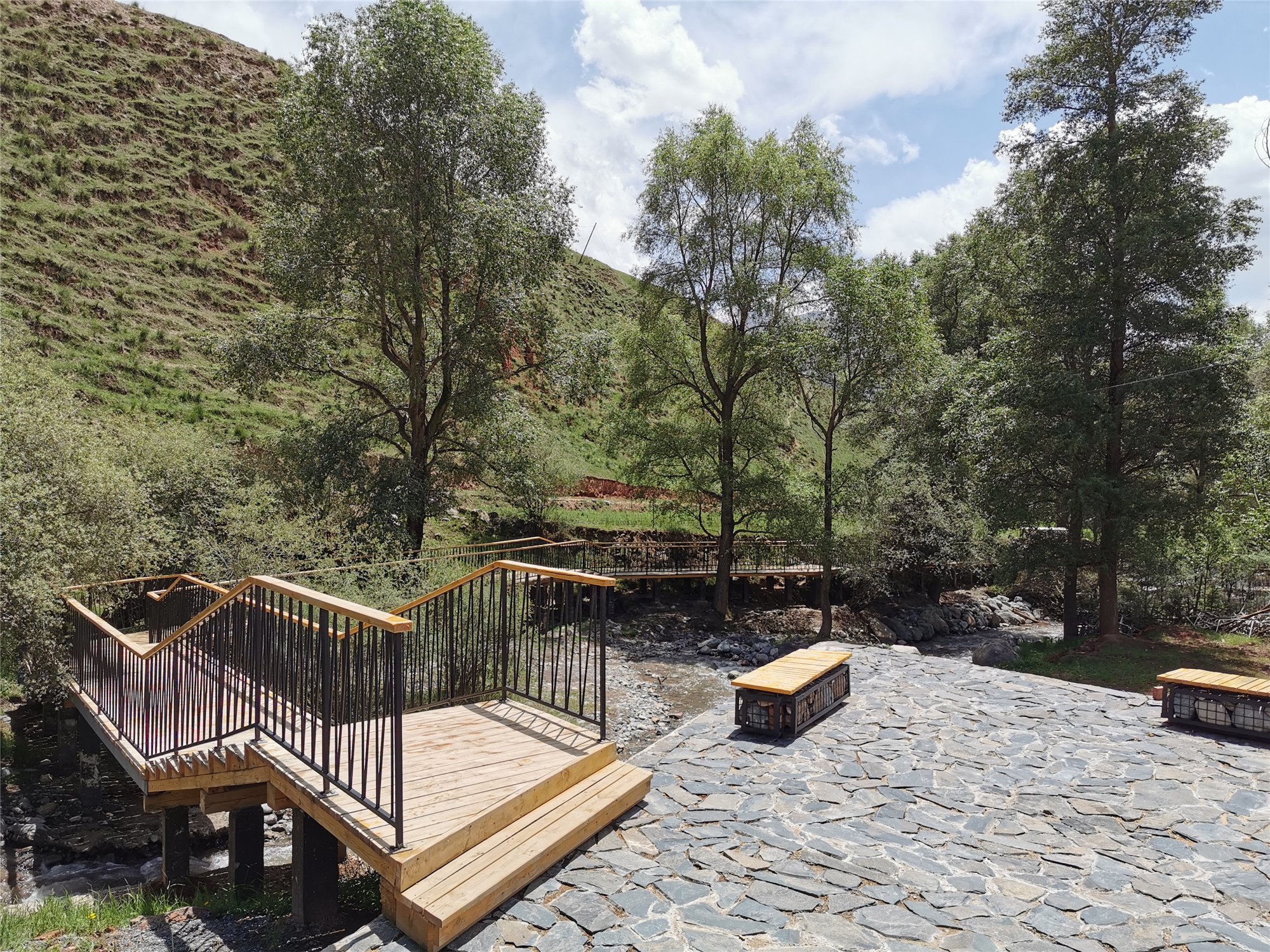
▼紅磚�����、銹板組合而成的村口標(biāo)識(shí)
Entrance space made of red bricks and weathered steel

▼村口標(biāo)識(shí)圖紙
Drawing of the entrance
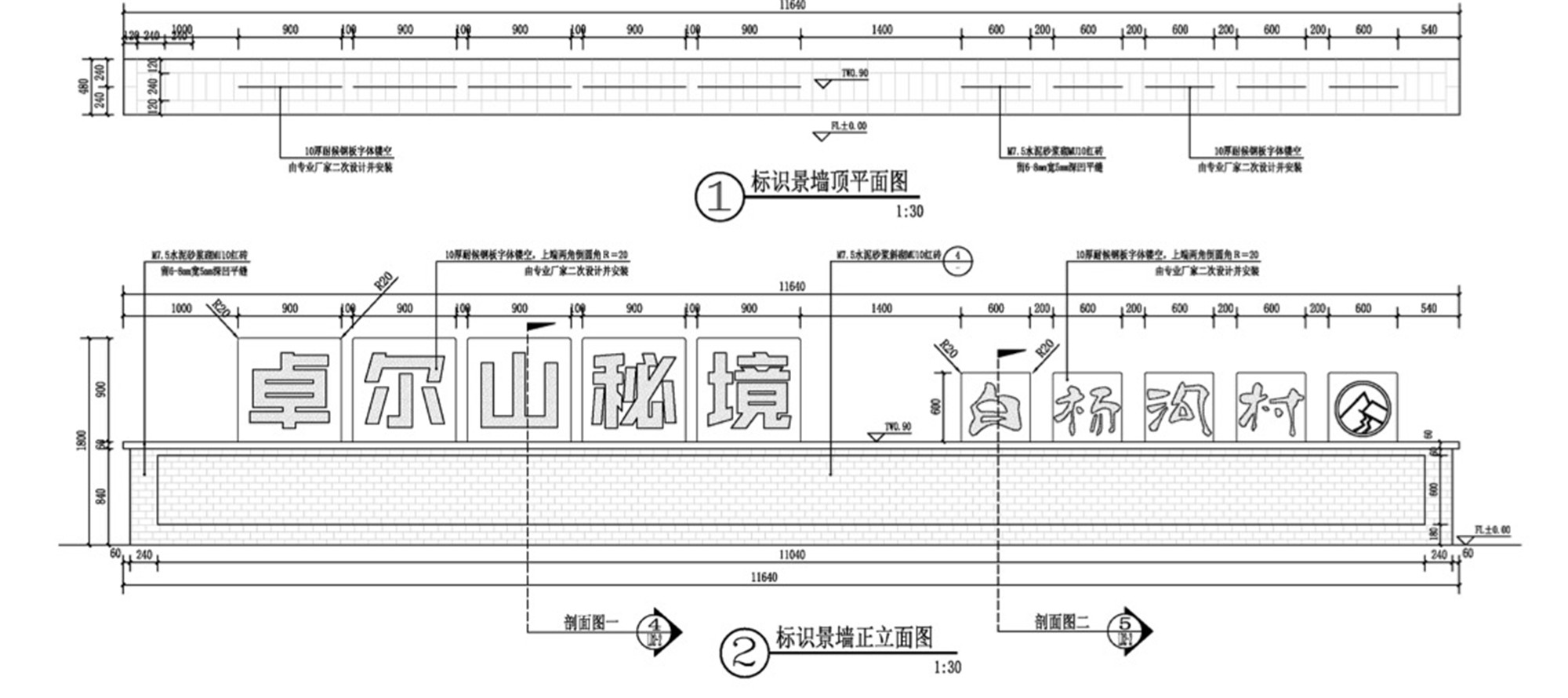
設(shè)計(jì)單位:中國(guó)鄉(xiāng)建院
機(jī)構(gòu)網(wǎng)站:www.cnrpd.com
完成年份:2020.03
項(xiàng)目位置:青海省祁連縣八寶鎮(zhèn)白楊溝村
客戶名稱:祁連縣八寶鎮(zhèn)人民政府
項(xiàng)目參與者:孫志偉����、張杰、錢(qián)知洋�����、劉磊����、張春梅、趙丹����、黃晶
郵箱:zhaojinxiang@cnrpd.com
致謝:感謝祁連縣各級(jí)政府及相關(guān)部門(mén)及施工方的大力支持,特別鳴謝設(shè)計(jì)師孫志偉��、張杰的長(zhǎng)期駐場(chǎng)施工指導(dǎo)���。
轉(zhuǎn)載或任何形式的引用請(qǐng)聯(lián)系設(shè)計(jì)團(tuán)隊(duì)
Project name: The construction of rural public space in the forest of Populus alba
Design studio: HomeTown studio of cnrpd (www.cnrpd.com)
Design Director: Zhao Jinxiang
Client: People's Government of Babao Town, Qilian County
Construction firm: f.i.t studio of cnrpd���、Community building team of cnrpd
Project location: Babao Town, Qilian County, Qinghai Province , China
Photographer: Qian Zhiyang
Design time: September 2018
Completion: March,,2020
email:zhaojinxiang@cnrpd.com
版權(quán)聲明:本文版權(quán)歸原作者所有,請(qǐng)勿以景觀中國(guó)編輯版本轉(zhuǎn)載����。如有侵犯您的權(quán)益請(qǐng)及時(shí)聯(lián)系,我們將第一時(shí)間刪除����。
投稿郵箱:info@landscape.cn
項(xiàng)目咨詢:18510568018(微信同號(hào))
 京公海網(wǎng)安備 110108000058號(hào)
京公海網(wǎng)安備 110108000058號(hào)



















